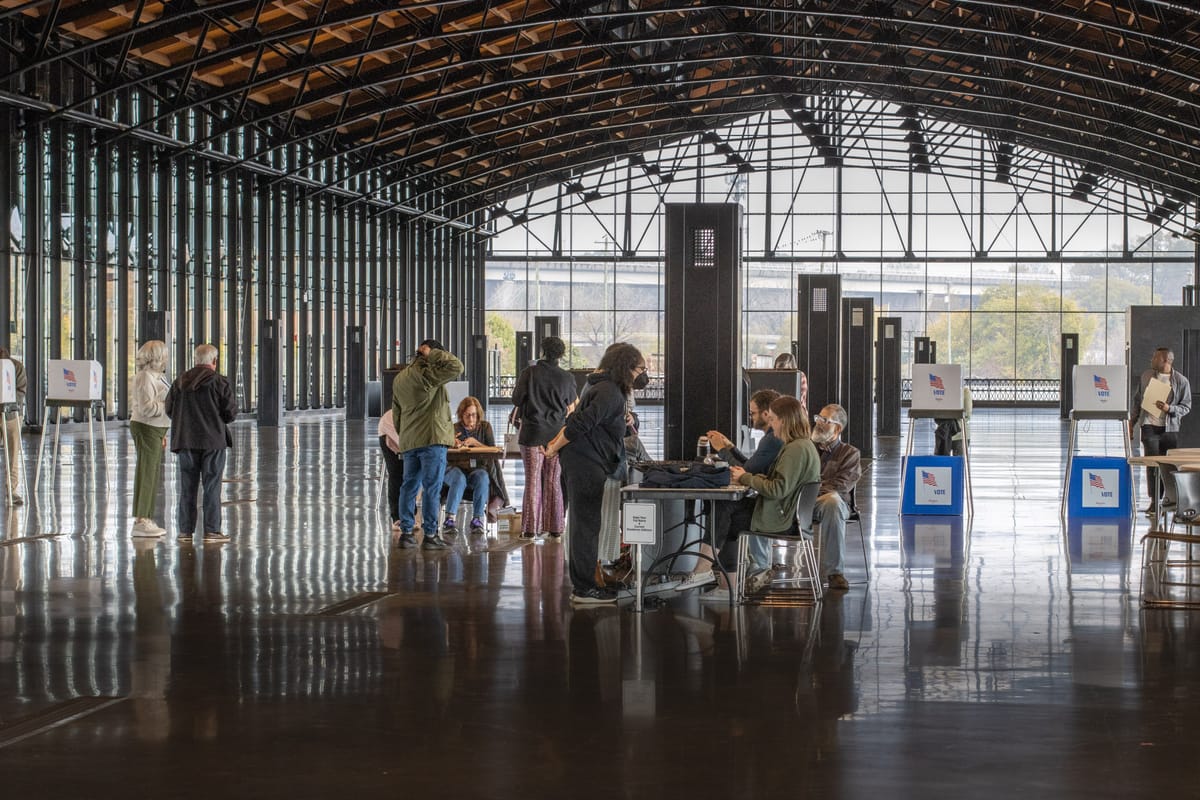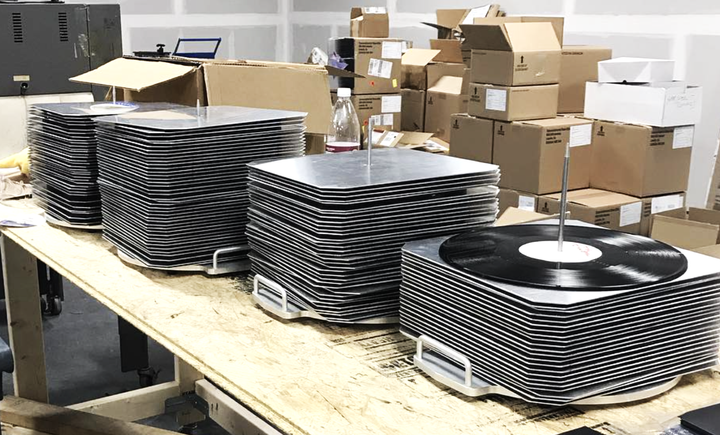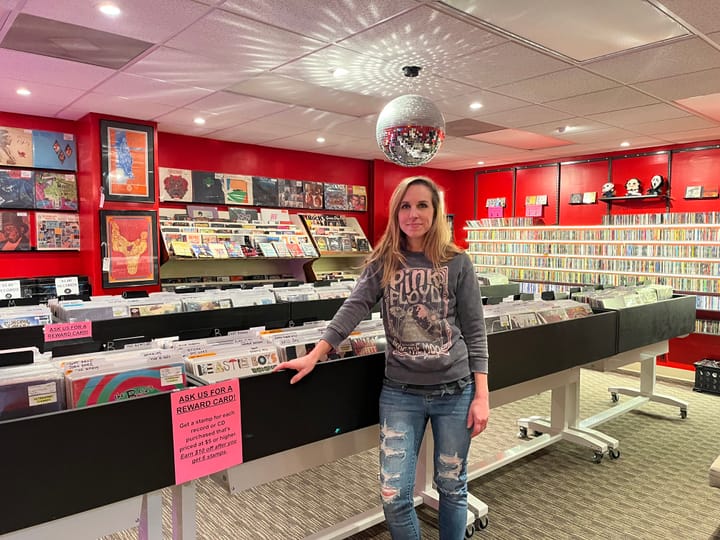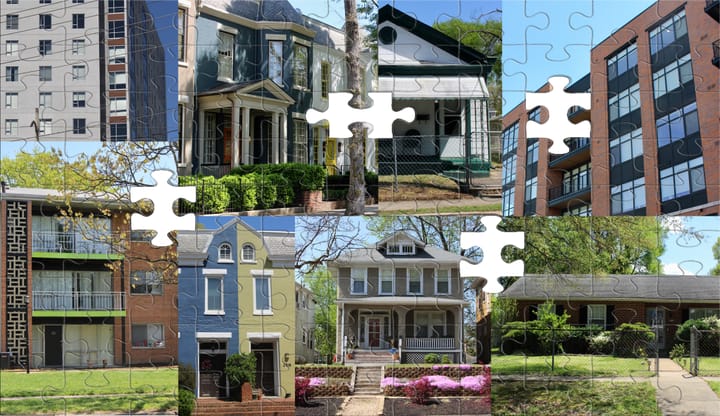
What was behind Richmond’s low voter turnout?
Standing in front of St. Giles Church on Tuesday morning, Richmond City Council candidate Paul Goldman offered an observation.
“It’s slow.”
He wasn’t alone in feeling that way.
Driving around to several of Richmond's 72 voting sites, there was a widespread sense that fewer voters were coming to the polls than were expected. The data backs that up — just 62% of eligible Richmond voters cast a ballot, the worst presidential cycle turnout in recent history, and well below the state average of 68%.
What was behind voter apathy? Some theories…
Too much time off
Richmond and Henrico schools took off Friday, Nov. 1 for Diwali. They then took Monday off as a “wellness day,” followed by taking Election Day off so that school sites could be used as polling places.
The net effect of that was a five-day extended break, during which many families opted to head out of town. Friday had the feel of a holiday at Richmond International Airport, with lengthy security lines and jam-packed planes.
Early voting and mail-in voting were both easily available, but for those who opted not to use them, any delay or fatigue in returning from vacation could have meant not making it to the polls.
Disinterest by VCU students
Former CNN anchor Don Lemon was on VCU’s campus recently, asking students about their plans for Election Day, and found a lack of interest.
Same-day registration was supposed to make it easier for college students to vote, and at Hampton University long lines were the norm on Tuesday.
But when a Richmonder reporter visited VCU’s Institute for Contemporary Art, a polling place adjacent to the campus, on Tuesday night at 7:15, staff had already packed up and headed for the exits, with no lines to speak of.
Anecdotally, while speaking to a group of VCU students earlier this year, this reporter heard that Palestine was a top issue, and the feeling was that neither candidate offered an appealing platform. Did that keep VCU students at home on Tuesday? It’s possible.
Lack of Latino outreach
Spanish-speaking voters have seen their numbers increase in recent years, but haven’t exercised the political power that comes with that.
Richmond’s 8th and 9th districts are the city’s most heavily Latino, and on Tuesday afternoon at Cardinal Elementary School, the pace of voter arrival was glacial at times.
During The Richmonder’s trips around the area, only one mayoral candidate had literature available in Spanish — Maurice Neblett. Voters at Cardinal said they hadn’t heard from any of the mayoral candidates during the cycle.
Richmond’s voting system splits the city into nine districts, each with a nearly identical population.
However, just because the population is equal doesn’t mean the number of people who choose to vote will be equal. The chart below shows Richmond’s total voting population divided into district, with each given a different color for clarity.
Because fewer residents of the 8th and 9th districts cast a ballot on Tuesday, their vote is proportionally more powerful than others inside Richmond’s mini-Electoral College system.
Voters in the 6th, 8th and 9th districts tabbed Michelle Mosby for mayor, though the winner, Danny Avula, came in second in each of those locations.
In the future, attention might need to be paid to voting site accessibility in those districts as well. At Cardinal Elementary, voting was conducted at the school’s back door, not the front, and getting to the parking area required driving over a parking curb. In a district that has already suffered from low turnout, any impediment could serve to drive away voters.
Lack of excitement around Kamala Harris
Barack Obama’s historic presidential run in 2008 lifted Richmond to a historically high voter turnout.
If there was similar enthusiasm for Kamala Harris, who was seeking to become the first female president, it didn’t reflect in the numbers.
That proved to be bad news for Michelle Mosby, who sought to tie her candidacy as a Black woman to Harris, as each would have made history in her respective position.
A higher turnout might have helped lift Mosby in the battleground 3rd District, but it seems unlikely it could have propelled her to a victory, given how handily Avula carried his home district, the 7th, which has more Black residents than any other race or ethnicity.
What’s next?
It’s hard to pinpoint any one individual factor as the reason for low turnout, and there are plenty more theories.
Tavares Floyd had the endorsement of the Richmond Crusade for Voters, which retracted it after a number of people came forward to dispute elements of his campaign paperwork. Did his voters come to the polls, or sit out the race after the allegations against their candidate?
Richmond’s low turnout likely didn’t change any of the major races, though it was likely a factor in closer-than-expected victory margins for Harris and Tim Kaine within the state.
One thing worth noting is the problem is somewhat unique to Richmond City - Virginia’s voter turnout overall was a healthy 68%, and Richmond’s turnout was abnormally low compared to the rest of the state.
The next presidential cycle is four years away, but this year’s lessons will undoubtedly be studied in the lead-up to that time.






